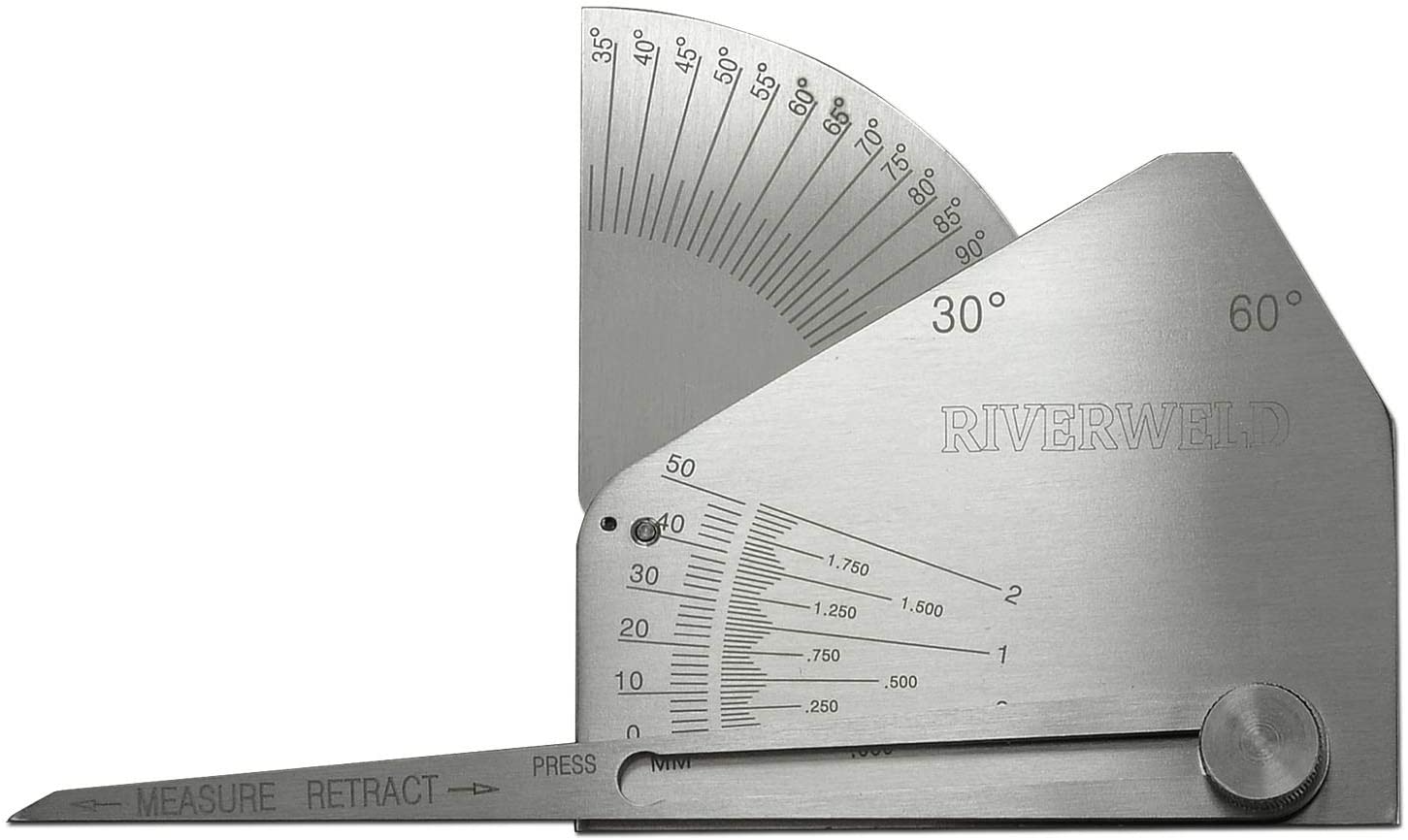The Function of Gauge Fillet Weld in Structural Integrity: What You Required to Know
The Ultimate Overview to Fillet Weld Quality Control: Ensuring Toughness and Toughness in Your Welded Joints
In the realm of welding, making sure the toughness and durability of fillet welds is critical for the stability of bonded joints. As we get started on this exploration of fillet weld high quality control, we will certainly discover crucial factors that influence weld stamina, dig right into reliable inspection methods, and talk about methods for stopping usual weld issues.
Importance of Fillet Weld Quality Control
Ensuring proper fillet weld quality assurance is critical in guaranteeing the structural integrity and durability of welded components in various sectors. Fillet welds are commonly made use of in architectural steelwork, bridges, stress vessels, pipes, and various other vital facilities where the stamina of the weld is essential to overall safety and security and efficiency. Quality assurance steps such as visual inspections, non-destructive screening, and adherence to welding procedures help identify possible flaws like lack of fusion, insufficient penetration, undercutting, or too much support.
Secret Factors Influencing Weld Strength
Attaining ideal weld strength needs careful factor to consider of various crucial factors that affect the integrity and longevity of the welded joint. The initial important factor is appropriate joint preparation, which includes cleaning the base metals to get rid of any type of impurities that could deteriorate the weld. Additionally, the fit-up of the joint is necessary to guarantee appropriate infiltration and fusion of the filler product.
The option of the appropriate welding method and criteria also plays a considerable duty in identifying weld stamina. Variables such as heat input, travel rate, and electrode angle can influence the top quality of the weld. Furthermore, preserving the proper interpass temperature during multi-pass welding is crucial to avoid cracking and guarantee a solid bond between the layers.
Additionally, the option of filler product and its compatibility with the base steels is crucial for achieving high weld strength. Utilizing filler material with the proper mechanical homes can improve the general honesty of the weld. Post-weld warm therapy and correct assessment strategies are necessary actions in making sure the stamina and resilience of the welded joint.
Inspection Approaches for Weld Stability

Another essential assessment approach is fluid penetrant screening, where a fluid color is applied to the weld surface - Gauge Fillet Weld. The dye seeps into any kind of surface-breaking issues, making them noticeable under UV light. This method works for discovering problems that might not be noticeable to the nude eye


Ultrasonic testing is additionally commonly made use of for checking weld honesty. High-frequency noise waves are directed into the weld, and any kind of interruptions in the acoustic wave pattern suggest possible problems like splits or lack of combination.
These examination approaches play an important duty in guaranteeing the top quality and reliability of welds, eventually adding to the overall stamina and durability of welded joints in commercial settings.
Avoiding Usual Weld Defects
In order to preserve the structural honesty of bonded joints in industrial applications, it is vital to apply safety nets to resolve common weld problems. One typical issue is absence of fusion, where the filler material stops working important source to bond adequately with the base metals, resulting in weak points in the weld. This can be stopped by making certain proper warmth control and using the appropriate welding method.
One more regular problem is porosity, triggered by gas entrapment in the weld steel throughout the welding procedure. To stop this, it is necessary to clean the base metals thoroughly, use dry electrodes, and maintain a suitable welding environment with proper ventilation.
Additionally, cracks in welds can compromise the joint's toughness. To prevent this issue, it is very important to regulate the air conditioning price after welding, utilize preheating when required, and navigate to these guys select appropriate welding criteria.
Enhancing Bonded Longevity With Correct Methods
One essential approach to improve weld sturdiness is to ensure correct weld grain placement. By placing the weld bead precisely within the joint, the weld's strength and resistance to tiredness can be significantly enhanced.
Choosing the right filler steel and making certain the tidiness of the base steels can prevent inclusions and various other defects that can compromise the weld's sturdiness. By carrying out these appropriate methods, welders can guarantee that their bonded joints display outstanding strength and durability, satisfying the highest quality standards.
Conclusion
To conclude, maintaining high quality control requirements for fillet welds is vital for making certain the toughness and longevity of bonded joints. By comprehending the key aspects affecting weld stamina, making use of examination techniques for weld stability, stopping usual weld defects, and employing appropriate methods, welders can boost the overall durability of their welds. It is essential to prioritize quality control steps to produce trustworthy and lasting welded joints.
In the realm of welding, making sure my response the toughness and resilience of fillet welds is vital for the integrity of welded joints. As we begin on this exploration of fillet weld quality control, we will certainly reveal essential factors that influence weld strength, dig right into efficient assessment methods, and go over approaches for preventing usual weld flaws.Attaining optimal weld toughness calls for mindful consideration of different key variables that influence the integrity and toughness of the welded joint (Gauge Fillet Weld).In final thought, maintaining high quality control standards for fillet welds is essential for ensuring the stamina and toughness of welded joints. By recognizing the essential variables impacting weld toughness, making use of assessment techniques for weld stability, stopping usual weld defects, and utilizing correct techniques, welders can boost the overall durability of their welds